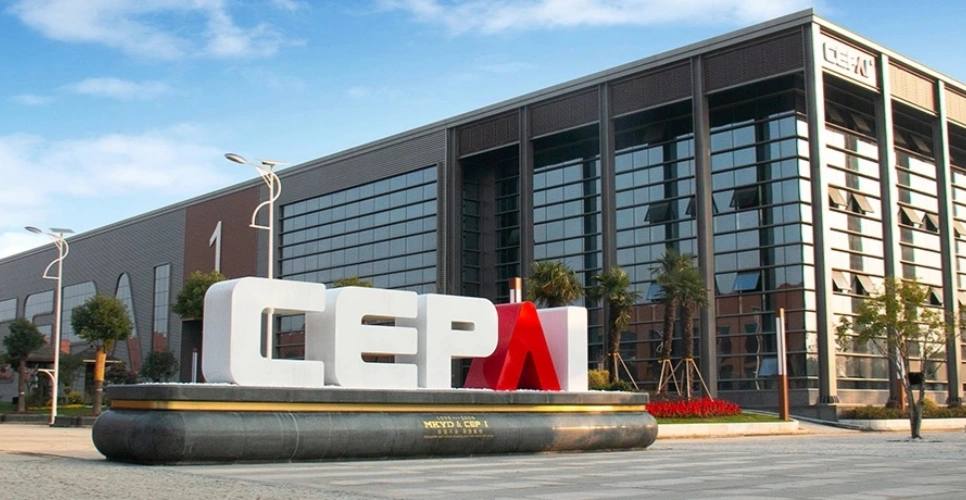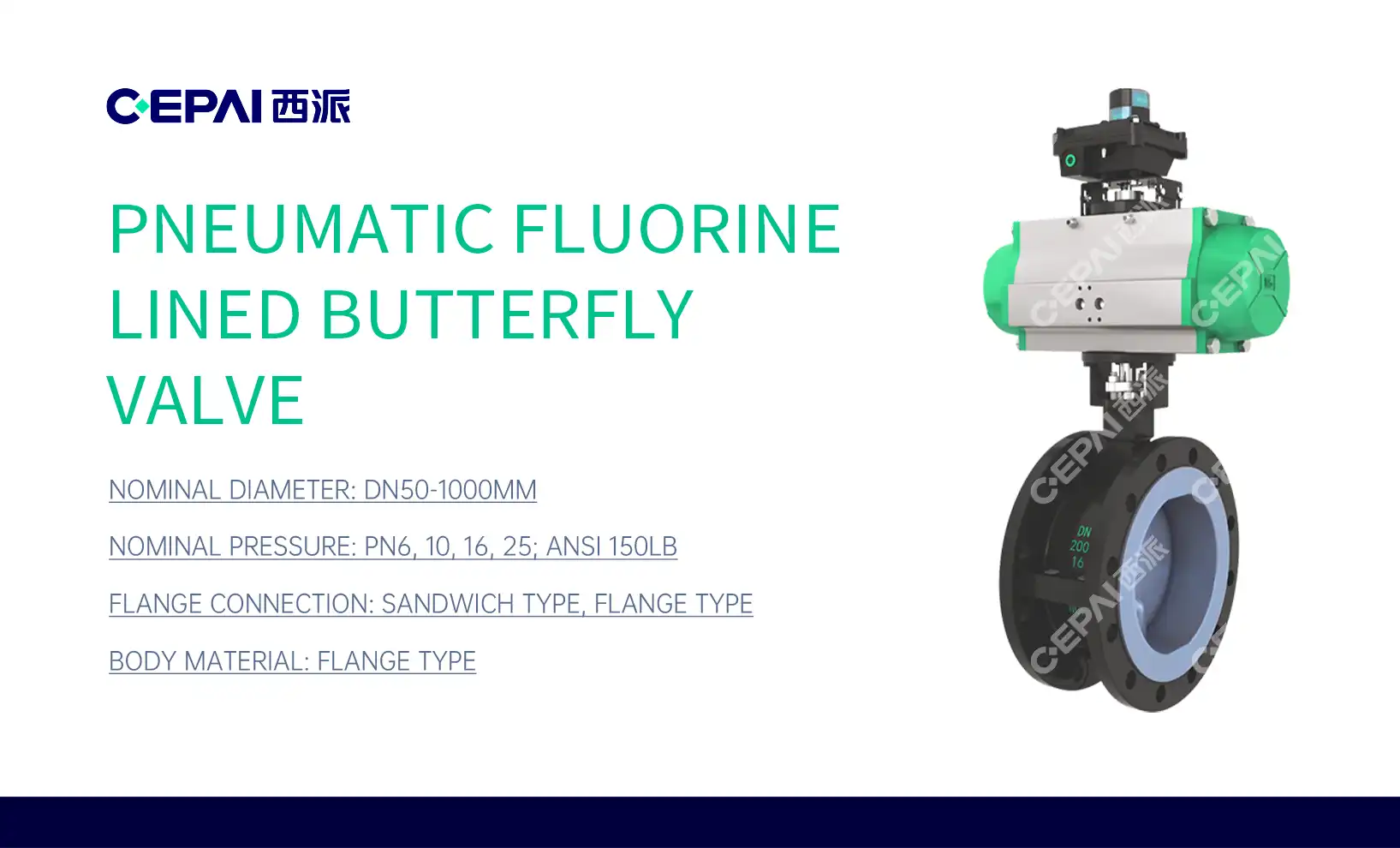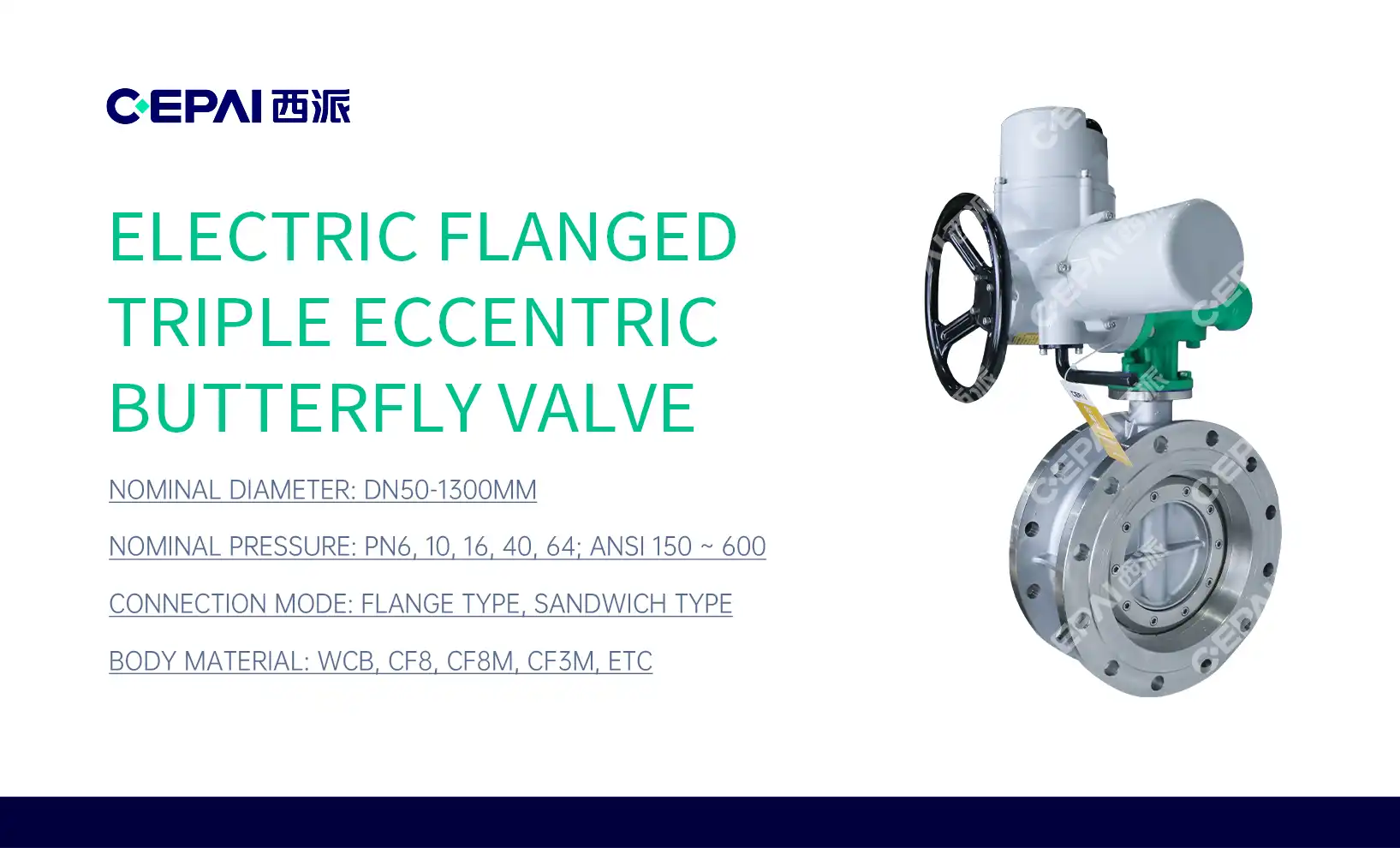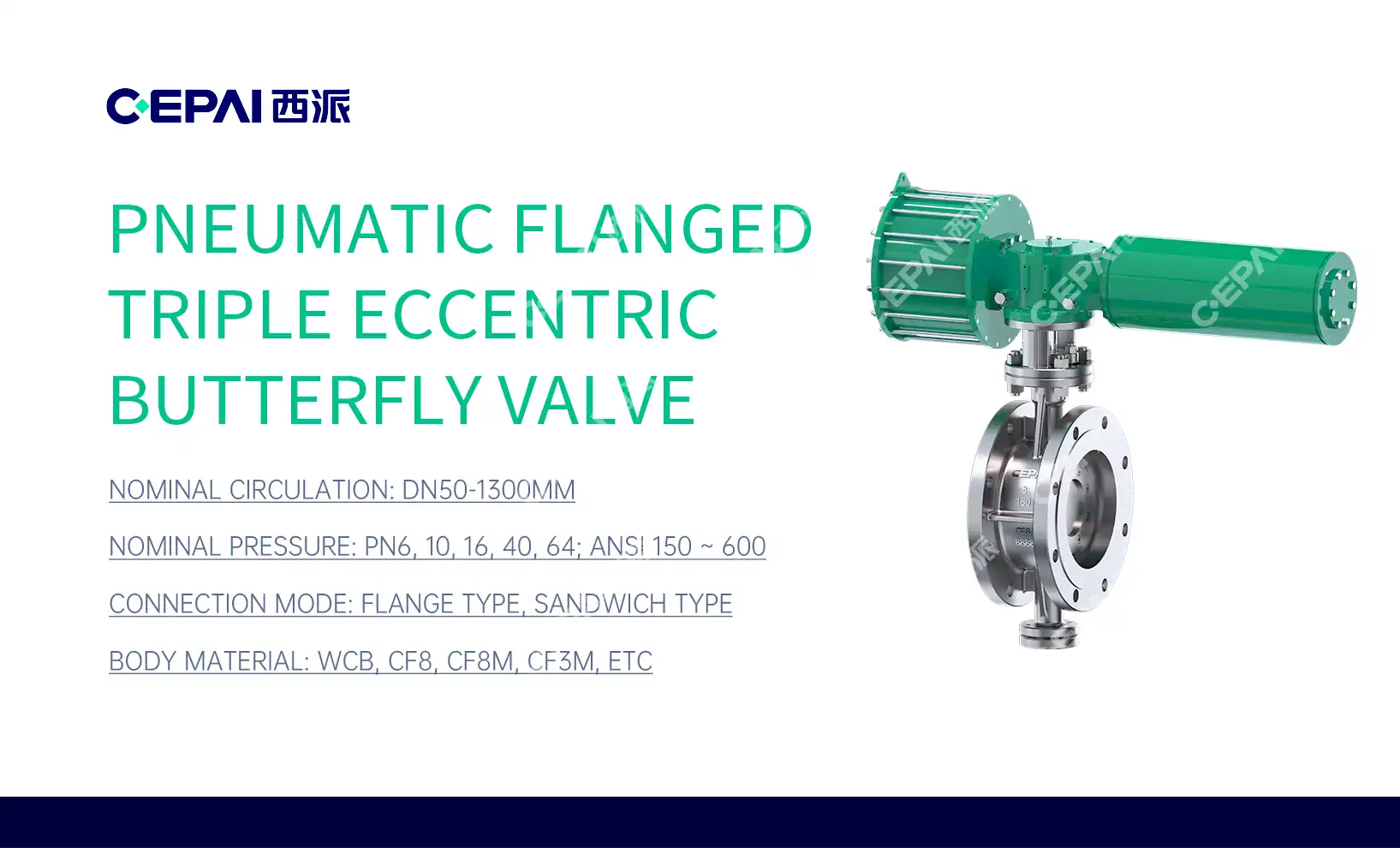Understanding Stainless Steel Ball Valves
What Are Stainless Steel Ball Valves?
Stainless steel ball valves are quarter-turn valves designed for controlling flow in pipelines. They consist of a spherical disc, or ball, with a bore through its center. This ball rotates within the valve body to either allow or block flow. The construction of these valves using stainless steel offers numerous advantages, including corrosion resistance, durability, and the ability to withstand high pressures and temperatures.
Key Components of Stainless Steel Ball Valves
Understanding the anatomy of a stainless steel ball valve is crucial for making informed purchasing decisions. The main components include the body, ball, stem, seats, and end connections. The body houses all internal parts and provides the pressure boundary. The ball, typically made of stainless steel, controls flow by rotating between open and closed positions. The stem connects the ball to the actuator or handle, while the seats create a seal between the ball and body. End connections allow the valve to be integrated into piping systems.
Types of Stainless Steel Ball Valves
Stainless steel ball valves come in various configurations to suit different applications. Common types include full port, reduced port, and V-port ball valves. Full port valves offer unrestricted flow, making them ideal for applications where minimal pressure drop is crucial. Reduced port valves have a smaller ball diameter, offering a balance between flow capacity and cost. V-port ball valves feature a V-shaped notch in the ball, providing precise flow control. Understanding these types helps in selecting the most appropriate valve for specific operational requirements.
Factors to Consider When Choosing Stainless Steel Ball Valves
Material Selection and Compatibility
Selecting the right grade of stainless steel is paramount when choosing a ball valve. Common grades include 316, 304, and 321 stainless steel. Each grade offers different levels of corrosion resistance and mechanical properties. Consider the nature of the media flowing through the valve, operating temperatures, and potential chemical reactions. Ensure compatibility between the valve material and the process fluid to prevent corrosion, erosion, or other forms of material degradation that could compromise valve performance and safety.
Pressure and Temperature Ratings
Stainless steel ball valves must be able to withstand the pressure and temperature conditions of your application. Pay close attention to the pressure-temperature (P-T) ratings provided by manufacturers. These ratings indicate the maximum allowable working pressure at various temperatures. Consider both normal operating conditions and potential extreme scenarios. Selecting a valve with appropriate P-T ratings ensures safe and reliable operation throughout the valve's lifecycle, preventing failures that could lead to leaks or system shutdowns.
Sealing Technology and Materials
The sealing components in stainless steel ball valves play a crucial role in preventing leakage and ensuring proper valve function. Common seat materials include PTFE, RTFE, and various elastomers. Each material offers different temperature resistance, chemical compatibility, and wear characteristics. Consider factors such as process fluid composition, temperature fluctuations, and required cycle life when selecting seat materials. Additionally, evaluate the stem sealing system, which may include O-rings, packing, or bellows seals, to ensure it meets the demands of your application and provides adequate fugitive emissions control.
Advanced Features and Considerations
Actuator Options and Control Systems
While manual operation suffices for some applications, many industrial processes require automated control of stainless steel ball valves. Explore various actuator options, including pneumatic, hydraulic, and electric actuators. Consider factors such as required torque, speed of operation, and available power sources. For precise control applications, look into smart positioners and digital control systems that can integrate with your plant's automation infrastructure. Advanced control features can significantly enhance process efficiency and allow for remote operation and monitoring of valve performance.
Maintenance and Serviceability
Long-term cost of ownership is an important consideration when selecting stainless steel ball valves. Evaluate the ease of maintenance and potential for in-line serviceability. Some valve designs allow for seat replacement or stem sealing adjustment without removing the valve from the pipeline, minimizing downtime. Consider the availability of spare parts and the manufacturer's support for maintenance and repairs. Opting for valves with modular designs or easily replaceable components can significantly reduce maintenance costs and extend the valve's operational life.

Certifications and Quality Assurance
Ensure that the stainless steel ball valves you consider meet relevant industry standards and certifications. Look for valves that comply with recognized standards such as API 6D for pipeline valves or ASME B16.34 for pressure-containing parts. For critical applications, consider additional certifications like fire-safe testing to API 607 or fugitive emissions testing to ISO 15848. Quality assurance measures, including material traceability and rigorous testing procedures, are crucial for ensuring valve reliability and performance. Request documentation of testing results and certifications to verify compliance with your project's requirements.
Conclusion
Selecting the right stainless steel ball valve is crucial for ensuring optimal performance, safety, and longevity in your industrial applications. By considering factors such as material compatibility, pressure-temperature ratings, sealing technology, and advanced features, you can make an informed decision that meets your specific needs. Remember to evaluate long-term costs, including maintenance and potential downtime, when making your selection. With the insights provided in this guide, you're well-equipped to navigate the complexities of choosing stainless steel ball valves that will serve your operations reliably for years to come.
FAQs
1. What is the main advantage of using stainless steel ball valves?
Stainless steel ball valves offer excellent corrosion resistance, durability, and the ability to withstand high pressures and temperatures, making them ideal for various industrial applications.
2. How do I choose the right size of stainless steel ball valve?
Consider factors such as flow rate requirements, pressure drop limitations, and the size of your piping system. Consult with valve manufacturers or engineers to ensure proper sizing.
3. Are stainless steel ball valves suitable for cryogenic applications?
Some stainless steel ball valves are designed for cryogenic use, but it's crucial to select valves specifically rated for low-temperature service and ensure all components are suitable for cryogenic conditions.
Expert Stainless Steel Ball Valve Solutions | CEPAI
CEPAI Group Co., Ltd. stands at the forefront of high-end energy valve manufacturing, offering cutting-edge stainless steel ball valve solutions. As a leading stainless steel ball valve manufacturer, we combine innovative technology with decades of industry expertise to deliver superior products tailored to your specific needs. Our commitment to quality and continuous improvement ensures that you receive valves that meet the highest standards of performance and reliability. For expert guidance on selecting the perfect stainless steel ball valve for your application, contact our team at cepai@cepai.com.

References
Smith, J. (2022). "Advanced Materials in Industrial Valve Design." Journal of Fluid Control, 45(3), 112-128.
Johnson, R. (2021). "Stainless Steel Selection for Corrosive Environments." Corrosion Engineering Science and Technology, 56(2), 89-103.
Brown, A. et al. (2023). "Innovations in Ball Valve Sealing Technology." Valve World, 28(4), 55-62.
Davis, M. (2020). "Pressure-Temperature Ratings: A Comprehensive Guide." Chemical Engineering, 127(5), 40-48.
Wilson, E. (2022). "Automation Trends in Industrial Valve Applications." Control Engineering, 69(8), 72-79.
Thompson, L. (2021). "Life Cycle Cost Analysis of Industrial Valves." Plant Engineering, 75(6), 34-41.

_1746598538016.webp)



